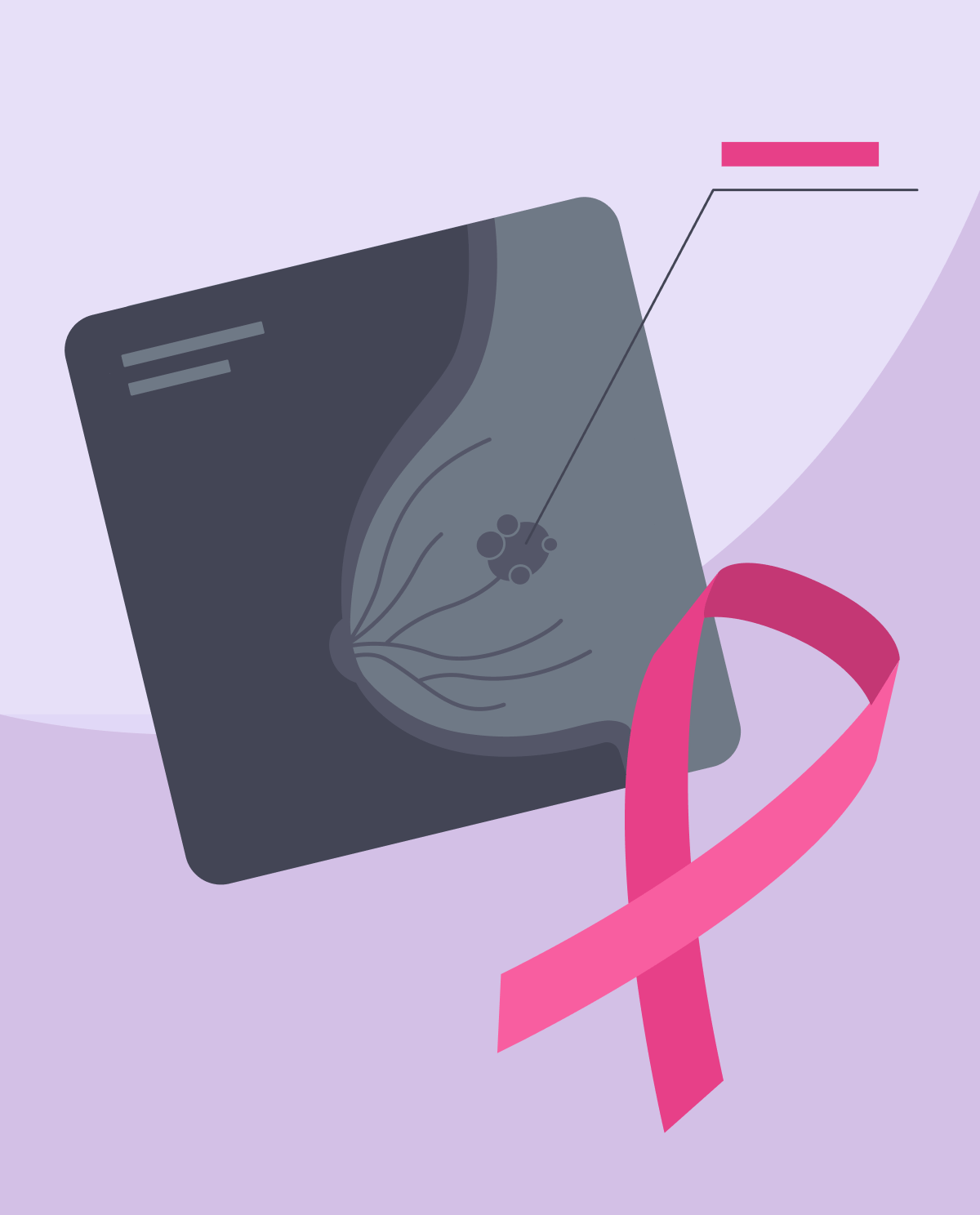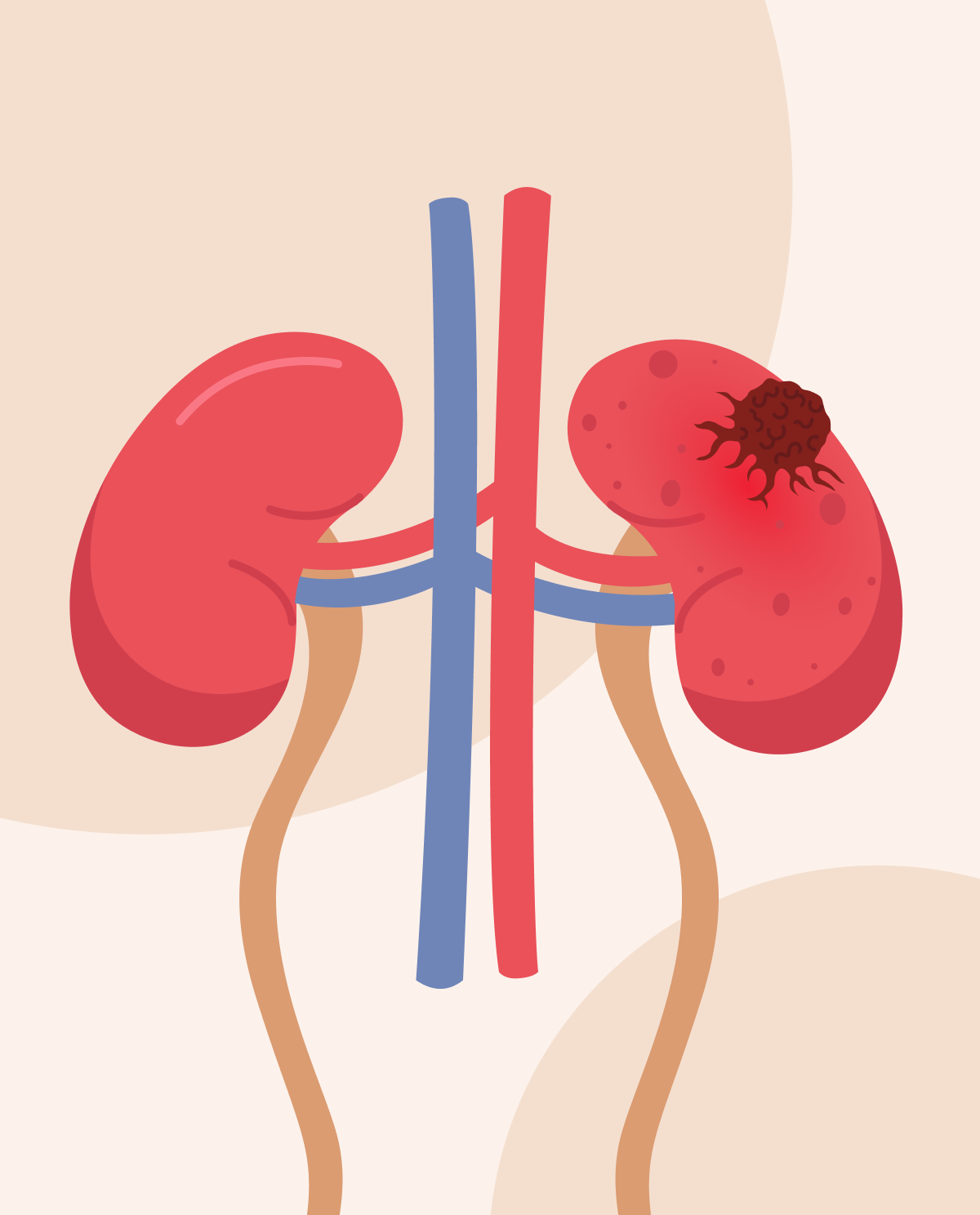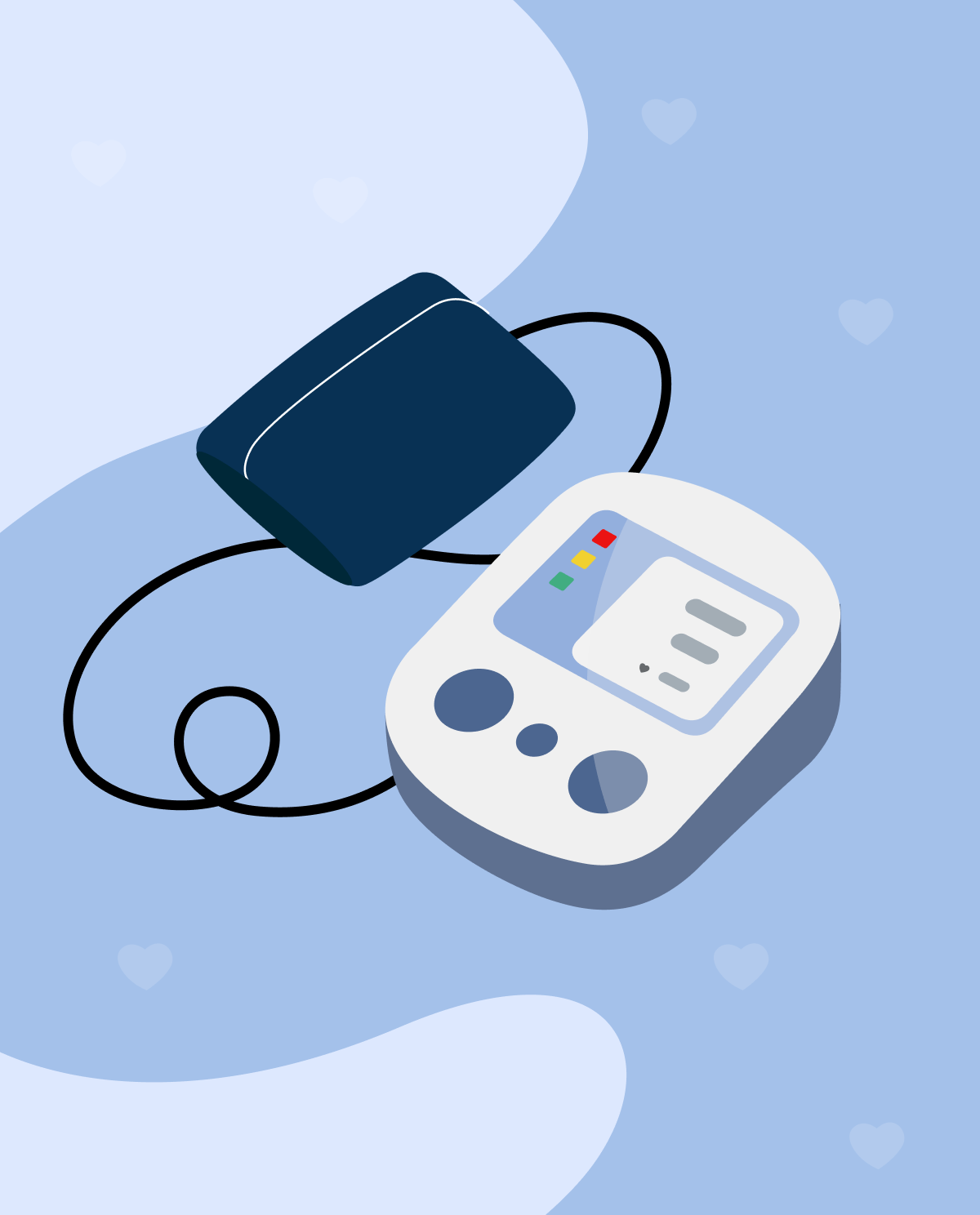Early Detection of Breast Cancer: A Life-Saving Approach
Breast cancer is one of the most common cancers affecting women worldwide, and it can often be treated effectively when detected in its early stages. Early detection of breast cancer significantly increases the chances of successful treatment and long-term survival.













